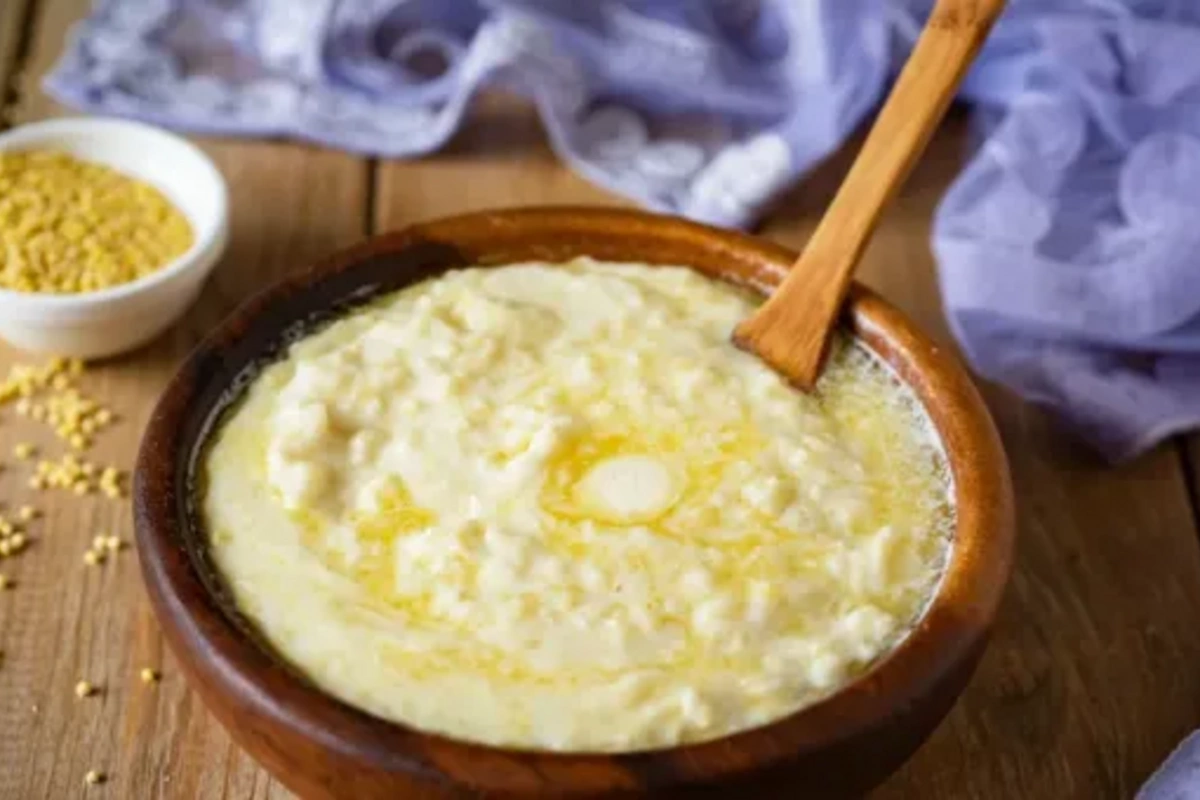One spoonful of this porridge increases the risk of death: absolutely forbidden for children

Over time, our menu has changed significantly, incorporating dishes from different countries and flavor combinations that initially seemed unusual, but the most ordinary porridge remains a classic that will appear on our tables under any circumstances.
However, not every porridge is worth consuming heavily. Some should be prepared as rarely as possible, or even only for specific medical indications. We asked doctors which porridge is considered the most harmful, and they unanimously answered - semolina. We explain what's wrong with it and whether it has any nutritional benefits at all.
What semolina is made of
Semolina is made from soft wheat varieties. Essentially, it is wheat grain. However, it's maximally purified and literally ground to dust - the size of the grains varies from 0.25 to 0.75 mm. This makes semolina porridge very easy and quick to prepare, but on the other hand, due to this grinding process, almost none of the beneficial substances originally present in wheat remain. But some things do remain.
The benefits of semolina porridge
Semolina porridge contains B vitamins, E, PP, niacin (beneficial for protein synthesis, fat and carbohydrate metabolism), phytin (promotes intestinal function, prevents excessive mineralization of the body, therefore useful for the elderly), potassium, calcium, phosphorus, selenium, zinc, and iron. The issue is that all of these are present in semolina in very insignificant amounts.
- Selenium and potassium are beneficial for those who exercise or whose work involves high stress. This is because these elements help maintain cardiovascular health, - says gastroenterologist Galina Bartashevich. - Additionally, selenium strengthens immunity, but to feel the effect, you need a fairly large amount of selenium, which semolina doesn't contain.
At the same time, thanks to minimal amounts of various substances, you can find advantages to semolina porridge. For example, it contains less fiber than all other porridges. Fiber is vital for us, but if you have gastrointestinal diseases, semolina can be quite useful. This is because foods rich in dietary fiber irritate the intestines and cause gas formation. Against this background, semolina appears in a very favorable light. In addition, semolina porridge has coating properties, making it beneficial for people with impaired digestion.
- Semolina is suitable for patients with digestive disorders; thanks to its coating effect, it relieves spasms in ulcers and gastritis, - confirms Galina Bartashevich.
Furthermore, semolina porridge confidently takes first place in carbohydrate content (if this were a competition among porridges), which can be useful for athletes who are building muscle mass.
- It's important to understand that everything from semolina won't quickly go to the muscles. In addition to nutrition, muscles need to be trained. Only then is weight gained, - summarizes Galina Bartashevich.
But the high carbohydrate content can be useful only for athletes. If you're not lifting weights at the gym in pursuit of mass, extra carbohydrates are unnecessary for you.
The harm of semolina porridge
First and foremost, semolina porridge is a rich source of starch, a pure and fast carbohydrate. A large amount of carbohydrates can raise blood sugar levels, an
Similar News
Exact symptom: dementia has begun if people say this phrase
The main misconception is that many people have come to consider dementia a natural companion of old age. This is incorrect. With age, memory may deteriorate so...




 Azərbaycanca
Azərbaycanca  По-русски
По-русски  English
English 





